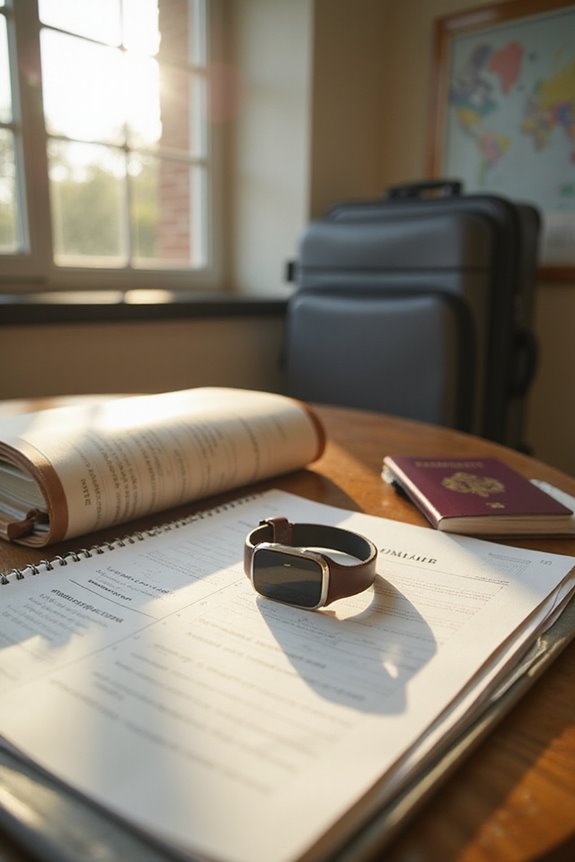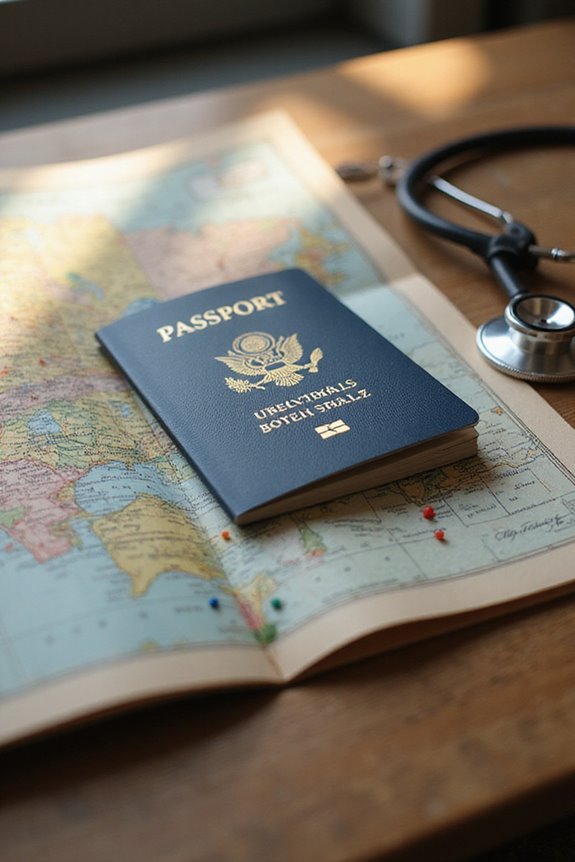When sharing info with emergency contacts, make it personal and precise. I’d recommend including your full name, address, and phone numbers. Don’t forget about any medical conditions, meds you take, or allergies you’ve got. Plus, clarify who your emergency contacts are and their relationship to you. And hey, keep them updated! It’s like prepping a safety team; they need the right info at the right time. Stick around, and I’ll share more tips to make this even easier.
Key Takeaways
- Provide your full legal name, date of birth, and primary phone number for accurate identification.
- Share details of chronic conditions, past surgeries, and a medication list with emergency contacts.
- Inform contacts about your allergies to ensure they communicate important health information during emergencies.
- Specify your preferred communication methods so contacts know how to reach you efficiently.
- Ensure emergency contacts are aware of their legal authority regarding your medical decisions and information.
Identification Details of Emergency Contacts
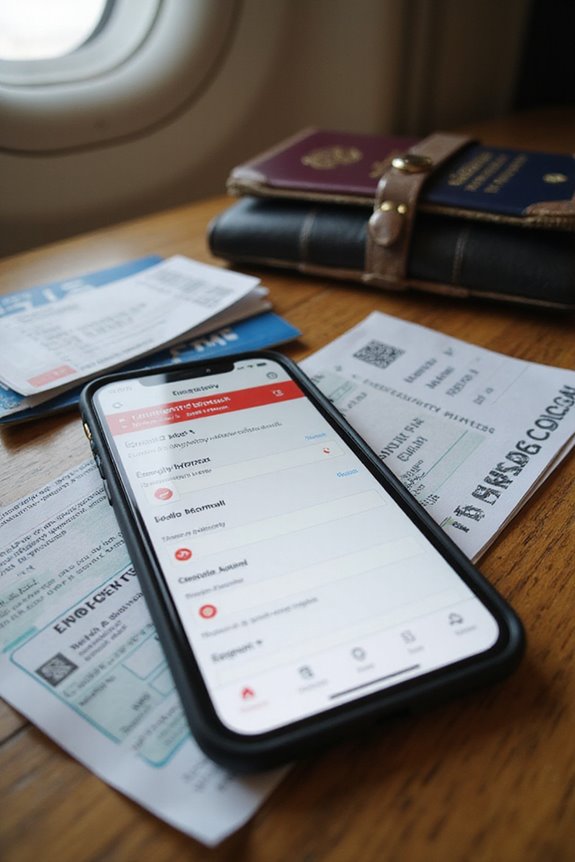
When it comes to emergency contacts, I can’t stress enough how essential it is to get the identification details just right—after all, you never know when you might need someone to step in at a moment’s notice! First off, make sure you’ve got their full legal name and address, which is vital for identification verification methods. Don’t forget to jot down their primary and secondary phone numbers, because you need reliable communication when it counts. It’s also helpful to note their relationship to you; it clarifies those emergency contact roles. Regularly check that all this information is up-to-date, so you won’t be left scrambling. Trust me, organizing these details ahead of time can truly make a difference when it matters most!
Medical Information to Provide

Getting the right emergency contacts is just part of the picture; alongside that, you’ve got to think about the medical information you need to have on hand. I always make sure to share my chronic conditions, like asthma and diabetes, because they can seriously impact care decisions. Don’t forget to jot down past surgeries or major health events; this info is essential. My medication list is equally important—I include every prescription, over-the-counter drug, and supplement, especially anything that requires special handling, like insulin. And allergies? Definitely note those too! Sharing this information helps my emergency contacts make informed decisions fast, ensuring I get the best care possible when it counts. Trust me, it’s better to have it ready!
Personal and Identification Data of the Individual
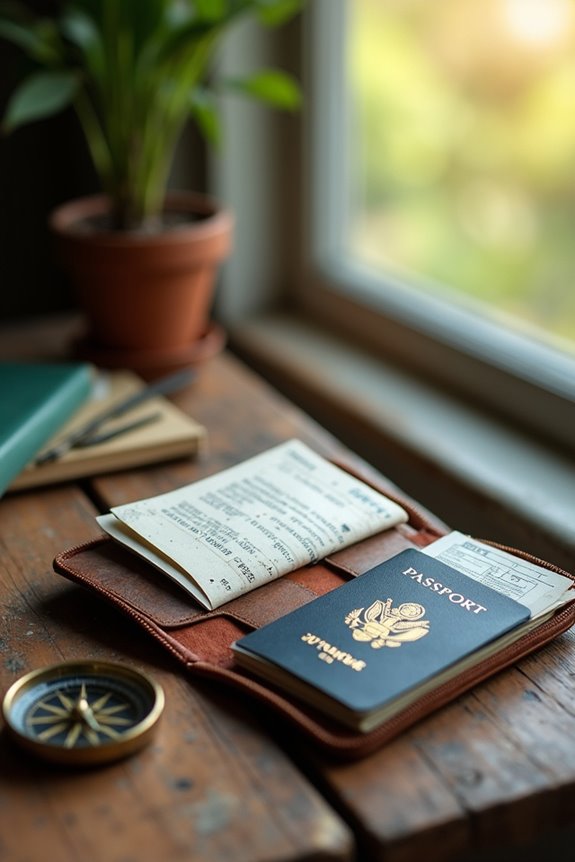
Imagine this: you’re in an emergency, and the first responders don’t know who you are. That’s why sharing your personal identification is essential. Start with your full legal name, date of birth, and gender—these help with emergency verification. Don’t forget a good photo ID, just in case! It’s also wise to include your primary phone number, along with others and your residential address; that way, they can reach out or find you quickly if things get chaotic. Remember to clarify your citizenship too; it can matter in certain situations. Finally, keep all this info updated. Trust me, when seconds count, having this data ready could make a world of difference!
Communication Preferences and Legal Authority
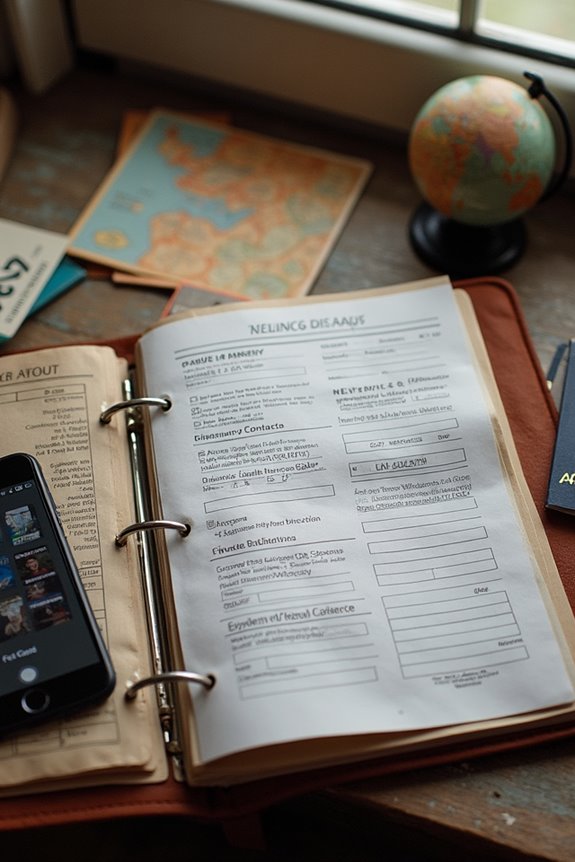
While it’s easy to overlook, establishing clear communication preferences for your emergency contacts can be a game-changer when the unexpected happens. I’ve learned that it’s vital to specify how I want them to reach out—whether it’s a phone call, text, or email. This way, they won’t waste time figuring out what I prefer. Also, I make certain they know their legal rights; just being an emergency contact doesn’t mean they can make medical decisions without proper documentation. I’ve shared my medical history with them, so they can accurately inform healthcare providers. Setting these guidelines helps avoid confusion and guarantees my wishes are respected, especially during those intense moments when every second counts. Remember, clarity can save lives!
Workplace-Specific Emergency Contact Practices

When it comes to workplace emergency contacts, having a solid plan in place can mean the difference between chaos and calm during a crisis. I’ve learned that designating enough employees to act as wardens is key; one for every twenty folks usually does the trick. They need training, too, so everyone knows the ropes during a panic, covering everything from alarm systems to evacuation routes. Plus, I can’t stress enough the importance of contact verification. Keeping an updated list of emergency contacts guarantees that when the alarm sounds, we can quickly reach out to the right people—without risking anyone’s privacy, of course. It’s about creating an environment where everyone feels safe and prepared for anything—or at least feels a bit calmer when unexpected situations arise!
Additional Key Information to Share
Having a well-thought-out emergency contact plan isn’t just about knowing who to call; it’s about guaranteeing that the people on that list can step in and help when the unexpected happens. Alongside medical details, don’t forget to share critical non-medical information, like your vehicle’s make and model, and contacts for any dependent care needs—believe me, your pets will thank you! Accessibility considerations also matter; guarantee your info is saved digitally and on paper. This means easy access for loved ones during a crisis. Keeping track of where important documents are stored is key, too—imagine them frantically searching for your will! So, take the time to compile this information; it could make all the difference when chaos strikes.
Importance of Regularly Updating Emergency Information
Updating your emergency contact information isn’t just a chore; it’s an essential lifeline that could make all the difference when things go haywire. I can’t stress enough how outdated info can fail us in critical moments. The update frequency can vary, but I like to do it at least once a year or whenever life throws a curveball—like moving or a relationship change. Keeping contact accuracy guarantees that the right people are reached when I need help the most. Plus, it helps emergency responders know exactly who to call. So, set reminders, ask your fam to do the same, and maybe use some tech tools to keep it all in check. It could save lives; it might just save yours!
Frequently Asked Questions
How Often Should I Review My Emergency Contact Information?
You should review your emergency contact information at least once a month. Keeping your emergency contact frequency consistent guarantees that contact information updates are accurate, so help can reach you without delays when needed.
What if My Emergency Contact Lives Far Away?
If my emergency contact lives far away, I’d focus on long-distance communication. I’d utilize remote contact strategies like scheduled video calls and group texts to guarantee we’re ready for any situation together, despite the distance.
Can I Have Multiple Emergency Contacts?
Yes, I can have multiple emergency contacts. I prioritize my contacts with a clear contact hierarchy, naming a primary person first and then adding secondary contacts, ensuring someone’s always reachable when needed.
How Do I Inform My Emergency Contact About My Wishes?
You might think it’s overwhelming, but sharing my wishes is essential for clarity. I regularly communicate my preferences and contact priorities to my emergency contact, ensuring they understand my needs in any situation.
What if My Emergency Contact Changes Their Phone Number?
If my emergency contact changes their phone number, I’ll make sure to update it immediately. I know how essential these contact updates are for reaching the right person when every second counts during emergencies.

